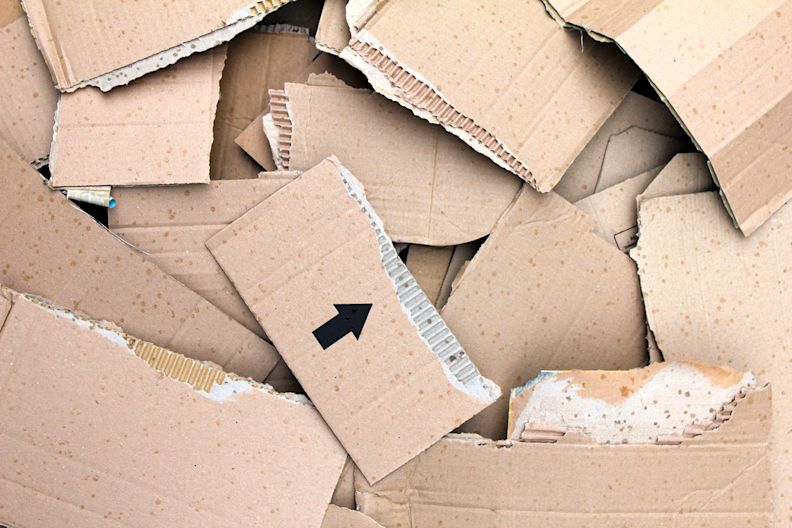2020 packaging trends – what to expect

Packaging is a hot topic for 2020. With continuing pressures from manufacturers, consumers, retailers, wholesalers and even the government, brands are constantly looking at ways to meet the demands to reduce waste – more specifically plastic – and find more sustainable, eco-friendly alternatives for their packaging.
So, with that being said, we’ve taken a look into the top packaging trends we can expect to see in the year ahead. Our assessment, is that it is more of the same for 2020.
Less is more
With one of the largest retailers in the UK recently announcing that they will remove plastic wrapping from all multipack tins in an effort to cut down on waste, we expect that more major retailers, particularly in the food and beverage industry, will look at ways to cut down on any unnecessary packaging – in particular, non-recyclable plastic.
Retailers have also been criticised for using too much packaging, particularly in items that are bought online and shipped. Therefore, businesses will look at ways to become more efficient in using appropriate-sized and shaped packaging.
Going green
With the prediction that our oceans will contain more plastic than fish by 2050, it’s not surprising that brands are seeking out plastic alternatives to reduce their environmental impact.
Biodegradable packaging that can be broken down and returned to the earth, or naturally sourced bioplastics made from corn starch or sugar cane, are just a few of the trending packaging materials we can expect to see more of this year.
Recyclable and reusable
Packaging which can be recycled or repurposed after use is becoming increasingly popular, like paper, glass and metal, but some brands are even developing plastic containers which can be re-filled and re-used. Coffee mugs are a great example of this, and we are seeing more retailers incentivise bringing your own coffee flask, as well as takeaway food chains encouraging consumers to bring their own containers or tupperware.
This approach is being echoed by retailers too, as they become more savvy in their approach to packaging, by encouraging consumers to purchase refillable cosmetic products and bring their own containers for grocery shopping, particularly for items like loose fruit and vegetables, rice, pasta and other wholefoods.
Corrugated cardboard
Corrugated cardboard is made from layers of paper which are assembled in a way to give the overall structure more strength than a single layer of paper. Some use more layers than others to create thinner or thicker materials to support the required weight. It is becoming more commonly used for packaging e-commerce products, as it is a lightweight material and therefore reduces shipping costs significantly.
Looking to reduce the environmental impact of the packaging your product uses in 2020? Our Fuji Machinery & Co Ltd horizontal flow wrapping machines are able to process many variables of the packaging trends mentioned, including eco-friendly films like biodegradable, biocompostable and recyclable.
Call us today on 01252 815 252 or email fuji@paramount-packaging.co.uk to discuss your packaging requirements.